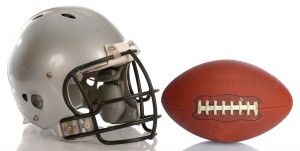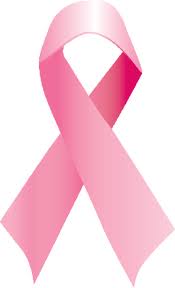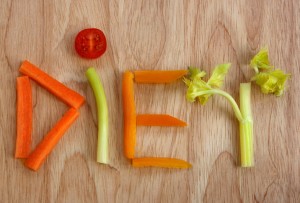 According to the National Institutes of Health, more than 40 million Americans suffer from chronic, long-term sleep disorders, and an additional 20 million report sleeping problems occasionally. Between work, family, and a wealth of other demands, many people struggle to shut out their stressful day when it’s time to turn in. Fortunately, some factors that interfere with your sleep can be controlled.
According to the National Institutes of Health, more than 40 million Americans suffer from chronic, long-term sleep disorders, and an additional 20 million report sleeping problems occasionally. Between work, family, and a wealth of other demands, many people struggle to shut out their stressful day when it’s time to turn in. Fortunately, some factors that interfere with your sleep can be controlled.
If you’ve been daydreaming about a good night’s rest, then take a look at our checklist of things to do (or avoid!) before you hit the hay:
- Cut out caffeine. 6 hours before you turn in, it’s a good idea to switch to decaf. Though caffeine is well know for keeping us awake during the day, it is also linked to interrupted sleep during the night.
- Skip the booze. Or, at the very least, don’t drink alcohol 4 hours before bed. As the alcohol wanes from the body at night, it could pull you out of a much-needed slumber.
- No more exercise. Exercise stimulates us and can make it harder to fall asleep. When your blood is pumping, your heart rate is up, which puts your body in an active mode rather than a restful state. Try to do your workouts earlier in the afternoon and save the evening for more gentle practices, such as yoga or meditation.
- Reduce your fluids. An hour before bed, have a glass of warm milk (the tryptophan promotes relaxation), then cut off fluids. Otherwise, your bladder is likely to wake you up from an otherwise sound sleep.
- Turn off your computer. Painful as it may be, put your cell phone aside, too. The light from the screens reduces melatonin production—that magical sandman hormone that whisks us to dreamland. Besides, at this point, looking a work emails will only keep you wired (and stressed).
- Take a warm bath. After your skin warms, your core body temperature will drop, which triggers sleep.
- Relax. Thirty minutes before bed, read a book, listen to music, meditate, or simply get in bed and breathe deeply. These calming activities will unwind your body (and your mind) and help usher in sleepiness.
- Hit the lights. Once you adjust thermostat to 68 to 74 degrees—ideal sleeping temperature—turn off the lights. Darkness triggers the release of melatonin, the hormone that induces sleep. If it’s impossible to make your room completely dark, invest in an eye cover.
What helps you fall asleep?
















